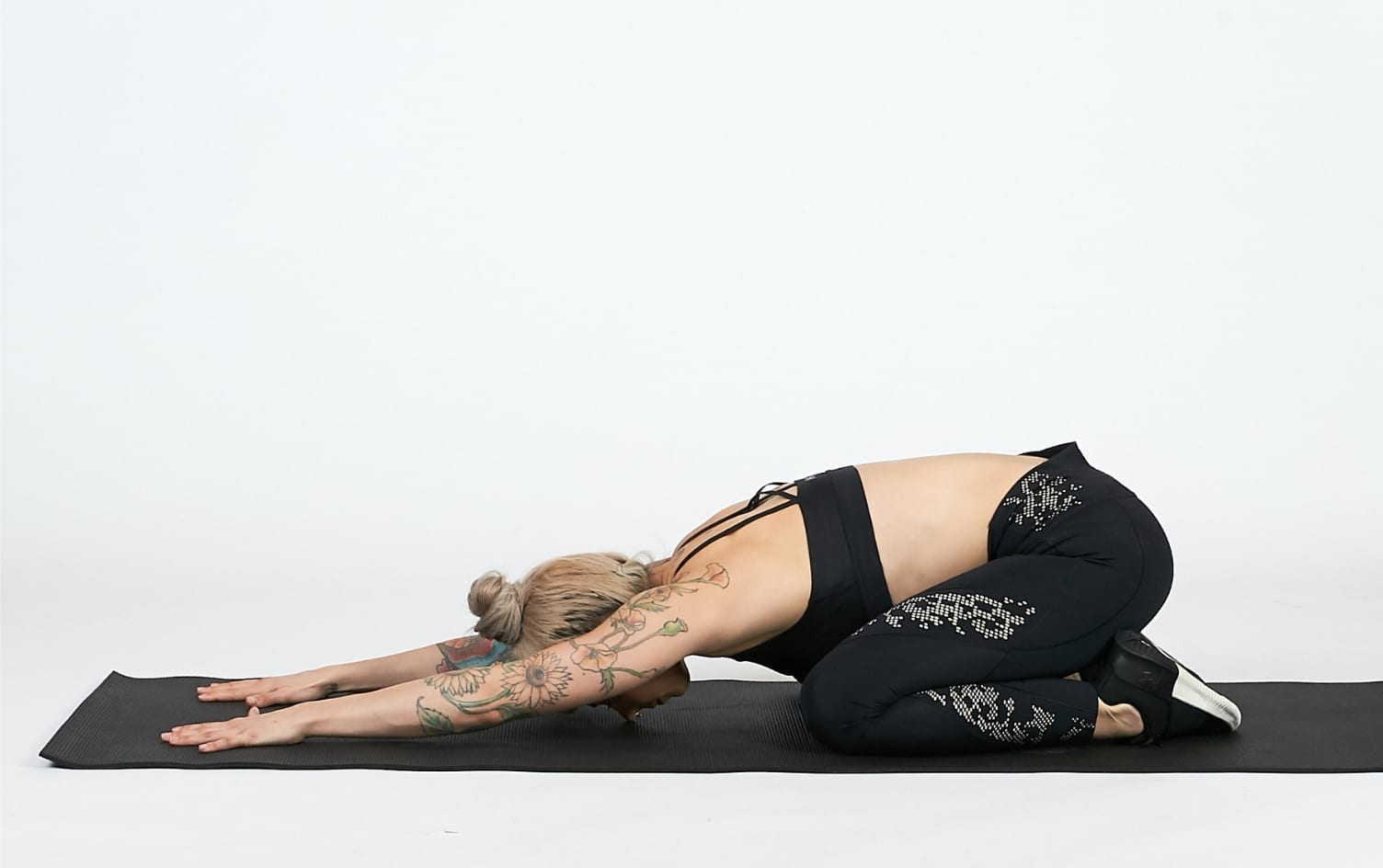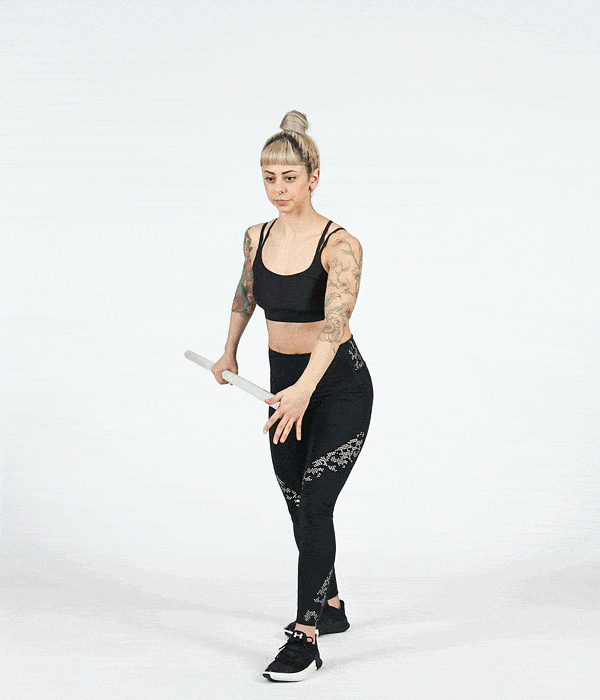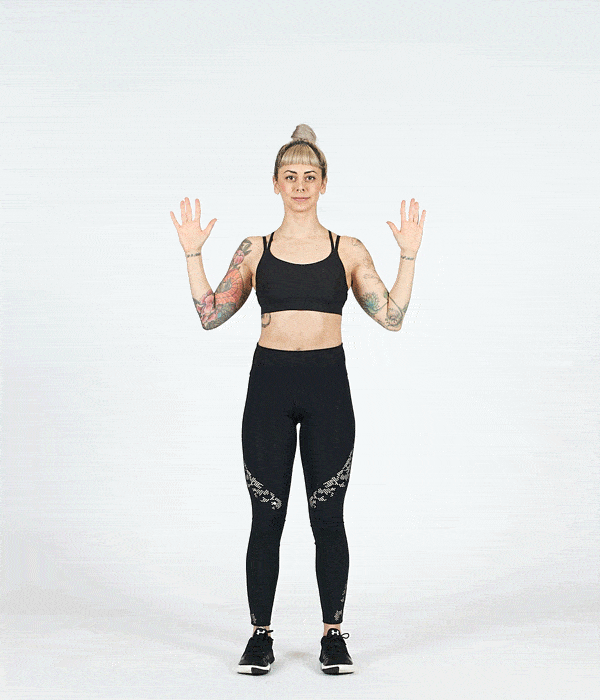It’s no secret: Before any workout, you need to warm up. But for best results, there’s a specific way to warm up. Use these drills and activation exercises to increase your mobility and stability in all the right places and prepare your nervous system for work.
Unlike “passive” stretches where you stretch a muscle and hold it for time, dynamic stretches are movements where you actively move your body through a full-range of motion to increase your body temperature and open your joints. While passive stretches relax your muscles (and can actually reduce your strength and power), dynamic stretches help activate your nervous system so it’s actually ready to demonstrate maximal strength and perform its best.
For your next workout, give your upper body the right movements for a great workout.
WHAT YOUR UPPER BODY NEEDS
If you think a few arm swings are going to give your upper body what it wants for optimal performance, think again. If you’re like 99% of people, there are certain things your upper-body needs to counteract the lifestyles we live:
- More mobility in your thoracic spine (or mid-back)
- More mobility and stability in your shoulders
- Less tension in your lower-back
- Better ribcage positioning (too often, our ribcage is flared out)
- Better breathing patterns (diaphragmatic breathing instead of using our chest and neck)
- More core stability
While you can honestly spend an entire workout trying to address these issues, a good warmup can “kill two birds with one stone” so you can improve these dysfunctions while getting your body primed and ready to lift weights.
CHILD’S POSE BREATHING

Doing breathing drills helps you breathe more efficiently and effectively. Even better, it’ll help release those tight muscles in your upper traps and chest caused by poor breathing mechanics and can automatically increase your mobility.
The move: Get into a child’s pose and round the entire length of your spine. Exhale every last ounce of air from your lungs. Hold for one second, and then inhale through your nose. When you inhale, focus on driving air into your back.
HEEL SIT T/S EXTENSION WITH ROTATION

If you have an achy lower back or tight upper back, find a way to improve the mobility in your middle-back — or the “thoracic spine” — and you’ll get relief.
The move: With your knees on the ground, sit back into your heels with your laces flat on the ground. Then, bend your torso over and place your forearms on the floor in front of your body. Put one of your hands behind your head and reach up and behind you with your elbow. (Watch that elbow with your eyes.) You should feel a stretch in your upper back. Do all your reps on one side and repeat with the other arm.
PEC MOBILITY WITH DOWEL

Many postural problems are caused by tight chest muscles. Instead of doing a static stretch, try this dynamic drill with a broomstick or dowel. It opens your pec major (the bigger chest muscle) and the pec minor (the smaller, harder-to-stretch chest muscle).
The move: Get into a “split stance” with your left leg ahead of the right. Hold a dowel like a kayak paddle — put the end of a dowel in the palm of your left hand and reach up and back at an angle. Then, use your right hand to push the dowel into your left so you get a deeper stretch. (Don’t twist your body.) Do several reps on this side and switch legs and arms.
WALL SLIDES

Almost everyone needs stronger lower traps, which help your shoulder blades move correctly. Try this drill to activate those small muscles to reset your posture and improve your upper body’s movement patterns.
The move: Stand with your head, shoulders and glutes against a wall. Press your forearms flush against the wall. (There should be no space between your skin and the wall). Squeeze your glutes and press your lower back against the wall while sliding your forearms up and down the wall.
BEAR CRAWL

The bear crawl is one of the absolute best drills for any warmup. It teaches great movement patterns, activates the deep core muscles, improves stability in your shoulders and gets the blood flowing for a great workout. Even better, it’s a “low-threshold” exercise, which means it’s not too difficult; if it was too difficult, your body would fall back on compensatory patterns and bad habits and you’d undo the previous improvements.
The move: Get on all fours with your hands under your shoulders and your knees under your hips; keep your knees an inch above the ground. Crawl forward by taking a small step with your right arm and left leg at the same time and alternate. Keep your hips low and your head up.



